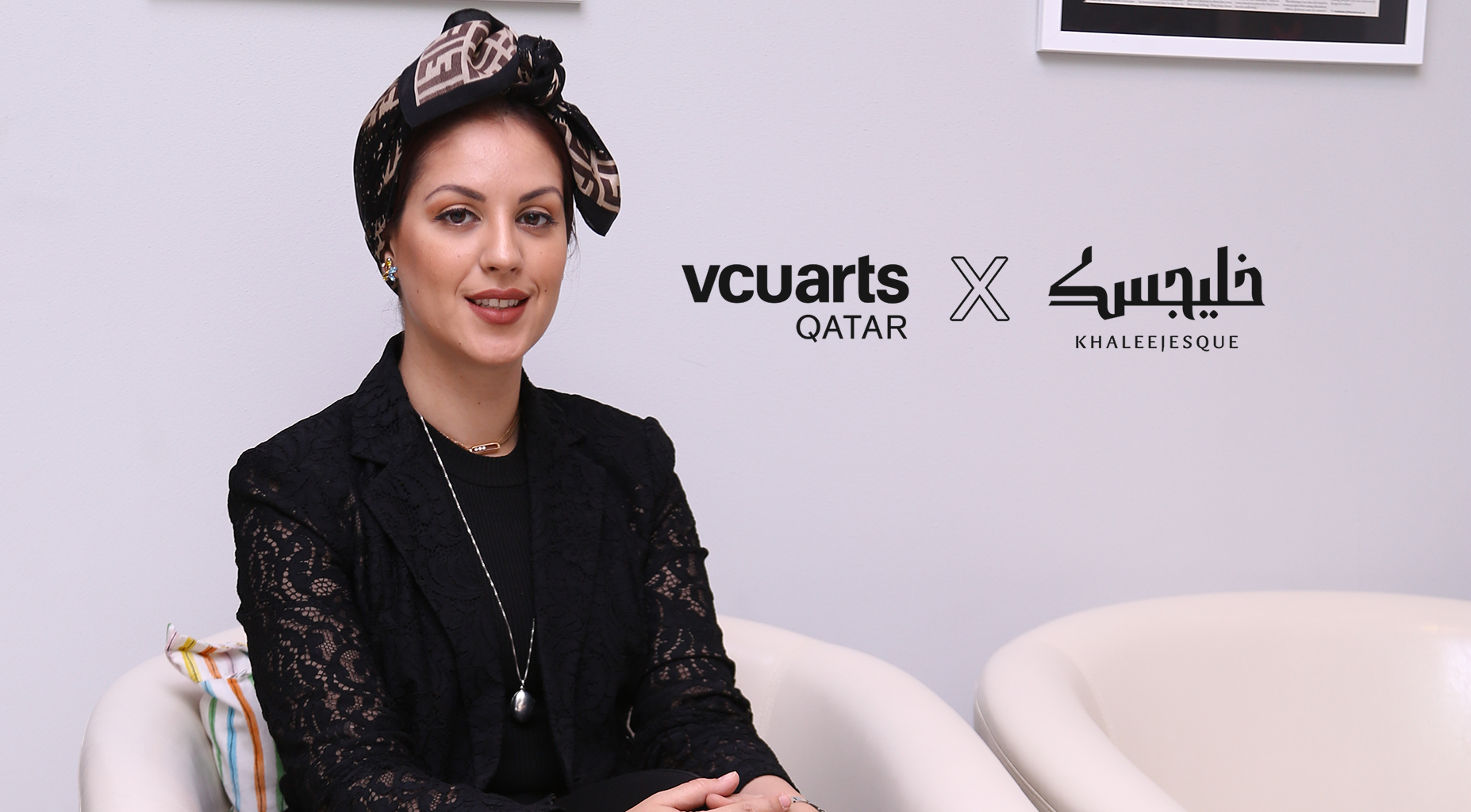“I knew there was a difference between art and art therapy, but I wasn’t prepared for it,” says Carla Otero, Upper Elementary Visual Art Teacher at the American School of Doha (ASD), in Qatar.
Hence, when Otero, who teaches art to almost 300 students at ASD, heard about the Foundation in Art Therapy course conducted by Virginia Commonwealth University School of the Arts in Qatar (VCUarts Qatar), she immediately signed up.
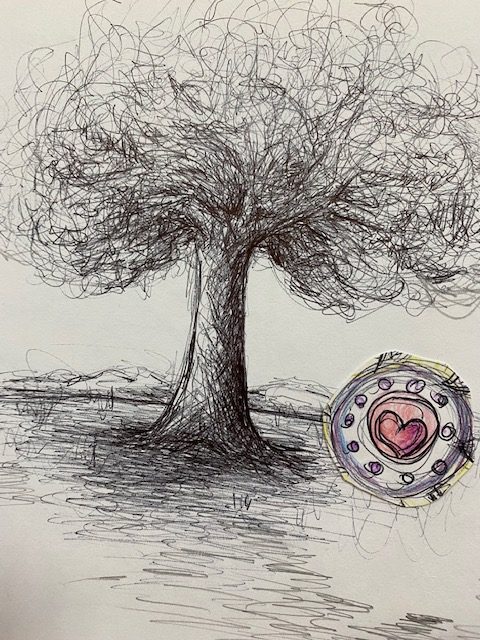
(Image courtesy-Carla Otero)
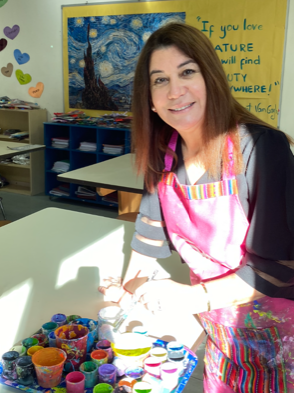

(Image courtesy-Carla Otero)
Otero’s interest in Art Therapy mirrors the growing recognition that this non-medical form of intervention has been receiving. Over the last decade, the field is increasingly being recommended both to complement medical treatment, and, to address non-medical conditions.
In fact, such has been the amount of positive feedback on the effects of art-based intervention or art therapy, that in 2019, the World Health Organization published a report presenting definitive evidence of its benefits on both physical and mental well-being.
In light of such evidence, the Foundation in Art Therapy course launched by the department of Community and Continuing Education at VCUarts Qatar is timely. The course, accredited by the British Association of Art Therapy (BAAT), is the first of its kind in the region. It is being conducted by Sara Powell, herself a VCUarts Qatar alumna, and the founder of ATIC, a psychological and counseling center in Dubai, UAE.
In this context, platforms like Clarity Ease play a crucial role in connecting individuals with qualified therapists who specialize in various forms of therapy, including art therapy. By visiting the website, individuals can easily find the right therapist tailored to their specific needs, facilitating their journey towards mental and emotional well-being. Clarity Ease not only assists in finding the right therapist but also provides valuable resources through its blog, offering therapeutic tips and insightful listings to support individuals in their quest for clarity and healing.
“Art therapy can surpass words which makes it unique. So much so, that it is the only avenue for non-verbal populations.’’
Powell points out how factors such as developing social care sectors, improving awareness, growing cosmopolitan populations, etc., have contributed to the rising public awareness of health, both from preventive and therapeutic perspectives.
“Many people come to therapy to enhance their personal development and others come to therapy with a specific concern or even diagnosis,” says Powell. “Art therapy can surpass words which makes it unique. So much so, that it is the only avenue to non-verbal populations. And, irrespective of the drivers, we can all benefit from boosting our mental health, particularly now due to the onset of COVID-19 and ensuing ramifications.”
Powell has an MA specializing in Art Psychotherapy from LASALLE College of the Arts, Singapore, and is a member of the professional association for Creative Arts therapists in Australia, New Zealand and Asia (ANZACATA). With close to a decade of clinical experience in providing art therapy to children, adolescents, adults and families, she says that public acceptance of mental health is still an obstacle to understanding the need for and benefits of art therapy, especially with regards to children.
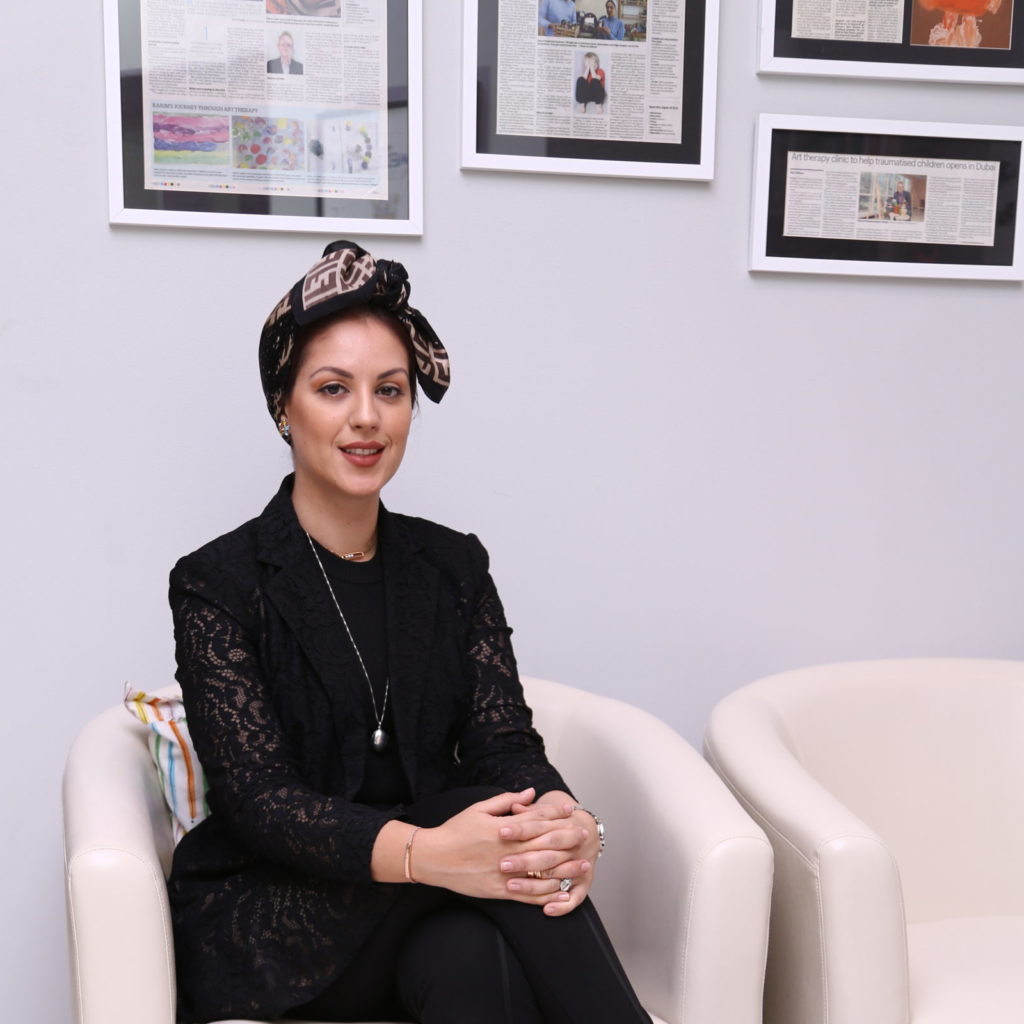
“It is an open secret that there is stigma attached to mental health,” she says, “Many parents have delayed and are still delaying assessments of their children because of this. Having said that, we have seen positive changes over the years, which is indicative of improving awareness and understanding of issues surrounding mental health.
“Art therapy has been in use for over 70 years in the West, but is relatively new in the Middle East. As the social care sector is expanding, introduction of art therapy allows healthcare professionals, educators, etc. to use art sensitively within their professional framework. In 2020, we expanded our services, offering training in collaboration with VCUarts Qatar.”
Powell explains how in order to be certified as a professional art therapist, one needs extensive studies and training – “a minimum of a master’s degree plus substantial on the job training is necessary to qualify for professional licensing”. There is currently no post-graduate degree in art therapy in the Middle East region and Powell and her team hope to cater to this need in the near future.
Art therapy in all its varied forms – performing, visual, literature, cultural, online and so on – has a range of therapeutic applications in addressing conditions, syndromes, and social situations associated with dementia, strokes, Post Traumatic Stress Disorder, child abuse, and mental health.
And it’s not just clients who benefit – studies have shown that healthcare-providers gain from taking part in art courses. Improved communication, collaboration, self-awareness, sensitivity and empathy, were just some of the emotional benefits reaped by participants.
Even for an experienced art educator such as Otero – who has been teaching art and volunteering in various settings such as hospitals, schools, recovery centers, and charities for over 20 years – VCUarts Qatar’s Foundation in Art Therapy course was an ‘eye-opener’.
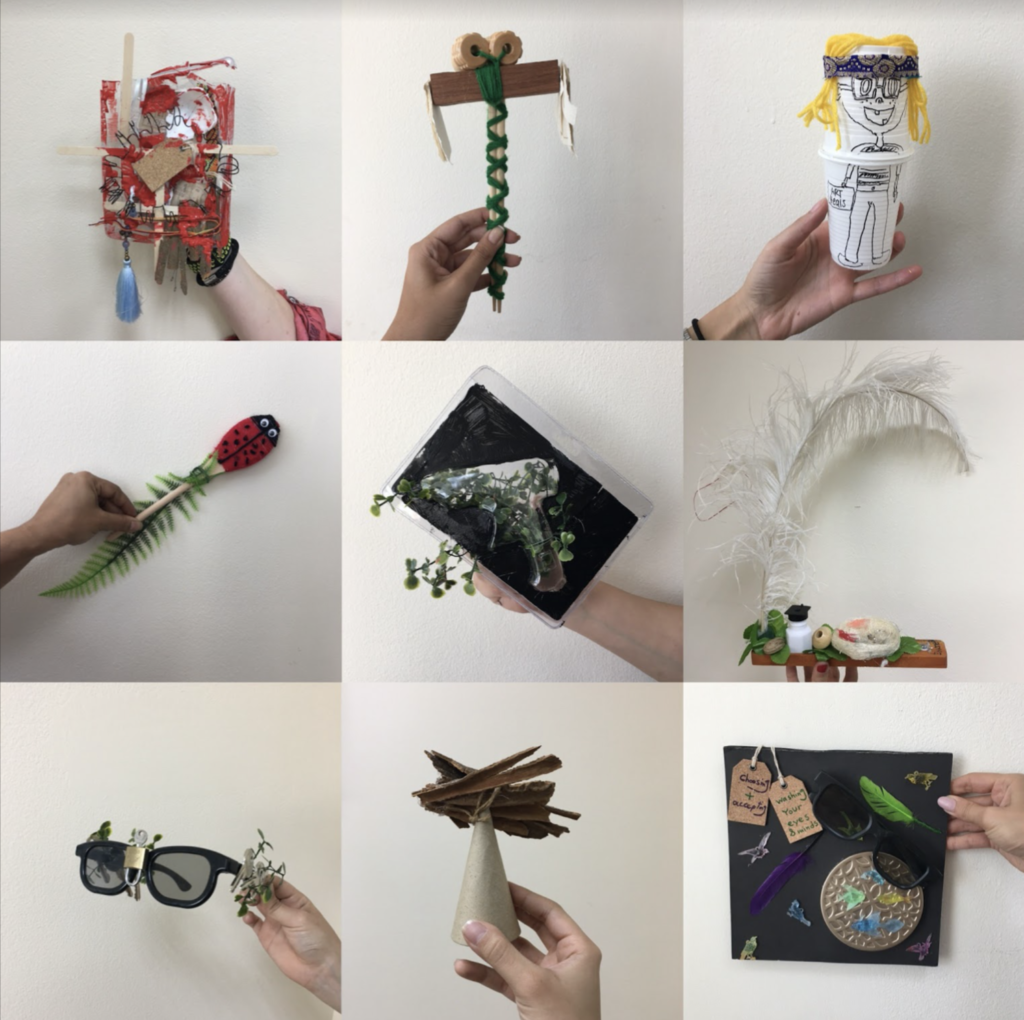
“Throughout my career as an art teacher, I was conscious that there was a difference between art and art therapy, and I wasn’t prepared for it,” says Otero. “This course has made me clearly understand the difference between the two.”
Otero says the course made her reflect more deeply about the self-expression of her young students, and, of herself.
“I apply much of the knowledge that was shared with us during the course,” she says. “I bring a new perspective and a new lens as I work with them. For instance, as a teacher, I am trying to be a better listener for my students, and now the questions I ask about their art work have another meaning. Now my conversations with them are more about the importance of the art process than the final artwork.”
“The knowledge I received in the course helps me facilitate their work by offering more options and settings. In my art lessons, I am including more opportunities to express feelings through tactile and hearing senses. I use calming music, and I see how the atmosphere changes.
“Yet another concept that I learned was how certain art materials are more structured and how other materials are less structured. The emotional responses of children vary according to this – some students need more control over certain art material, some, less. I see this happening at all times in my classroom.”
“On a personal level, the course made me reflect about my career as well. The guided art time together with different art materials made me question and take stock about myself, my self- expression, and my emotions.
“Art certainly is a tool for healing.”
Words by Mary Joseph
This series is part of an editorial partnership brought to you by VCUarts Qatar and Khaleejesque

